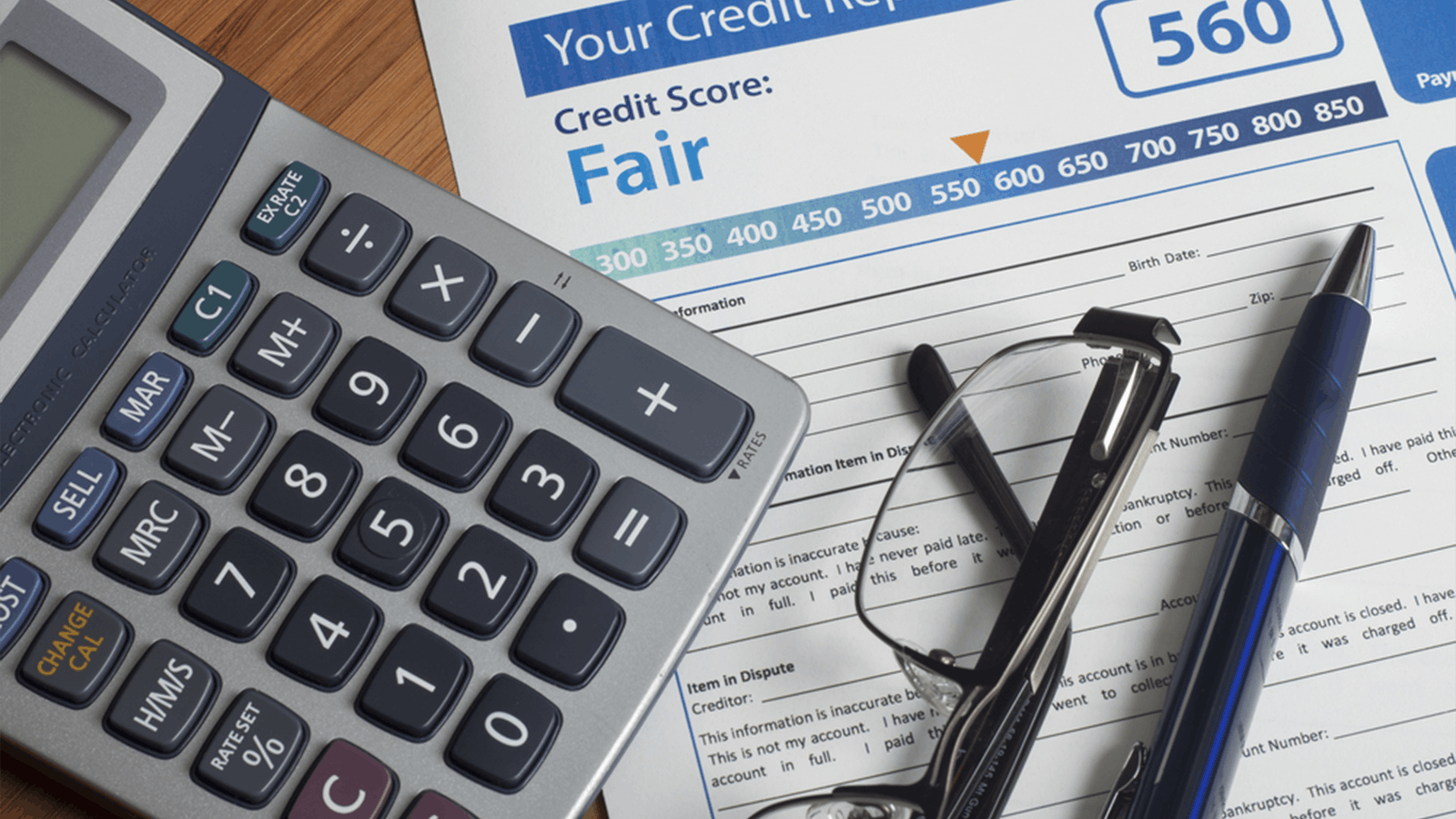Credit is an essential component of financial stability in our lives. It impacts everything from buying a house or a car to qualifying for loans or credit cards, and sometimes even getting a job. Having a good credit score can open up numerous financial opportunities. However, a few missteps, such as late payments, bankruptcy, or simply bad financial luck, can damage your credit significantly. But the good news is, no matter how low your credit score has dropped, it’s never a dead end. You can always rebuild your credit.
Here are some practical steps you can follow to help bounce back from financial setbacks.
1. Immediately Dispute Any Errors
The first step in rebuilding your credit is ensuring that your credit report is accurate. One in four consumers may have errors on their credit reports that could affect their scores. Luckily, using credit repair software to dispute errors may be able to solve this issue.
These platforms help you identify errors and guide you through the process of disputing them with the credit bureaus. By correcting inaccuracies, you may see an immediate improvement in your credit score.
2. Pay Bills On Time
Your payment history plays a significant role in your credit score calculation. Late or missed payments can negatively impact your score. Therefore, ensuring that all bills are paid on time is a critical step in rebuilding credit. Set up automatic payments or calendar reminders to help stay on top of your bills.
3. Lower Your Credit Utilization Rate
Your credit utilization rate, which is the percentage of your total available credit that you’re using, significantly impacts your credit score.
A lower utilization rate is better for your score. Aim to keep your utilization below 30%, and if possible, even lower. This shows lenders that you’re not over-reliant on credit.
4. Diversify Your Credit Mix
Lenders like to see a mix of different types of credit on your report. This could be a combination of credit cards, student loans, auto loans, mortgages, etc.
Diversifying your credit shows lenders that you’re capable of handling different types of debt responsibly. However, do not apply for multiple lines of credit in a short period as this can lead to multiple hard inquiries and hurt your score.

5. Limit New Credit Applications
While diversifying your credit mix can be beneficial, it’s also critical to be mindful of the number of new credit applications you’re submitting. Each credit application prompts a hard inquiry into your credit history, which, although small, has the potential to dent your credit score. Moreover, multiple hard questions in a short period can suggest financial distress to lenders, thereby further damaging your credit rating.
In other words, indiscriminately applying for numerous credit cards or loans might do more harm than good. Instead, you should strategically apply for new credit, ensuring you genuinely need it and have a reasonable expectation of approval based on your current credit status. By being judicious with your new credit applications, you can protect your credit score from unnecessary harm, thereby paving the way for efficient credit rebuilding.
6. Re-Establish Your Credit With A Secured Credit Card
If you need help getting approved for a traditional credit card due to lower credit, you may want to consider applying for a secured credit card. This type of card requires a security deposit that becomes your credit limit. With responsible use, a secured card may be able to help you rebuild your credit over time.
In Conclusion
Rebuilding credit takes patience, consistency, and a proactive approach to financial management. It won’t happen overnight, but each small step you take brings you closer to a better financial future. Start by checking your credit report and using credit repair software to dispute any errors. From there, focus on timely bill payment, lowering your credit utilization, diversifying your credit mix, limiting new credit applications, and perhaps applying for a secured credit card.
Published on July 24, 2023


